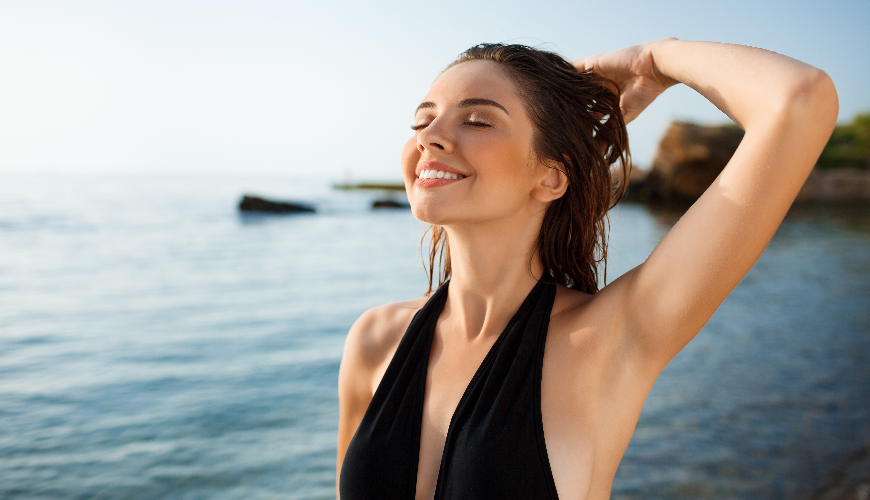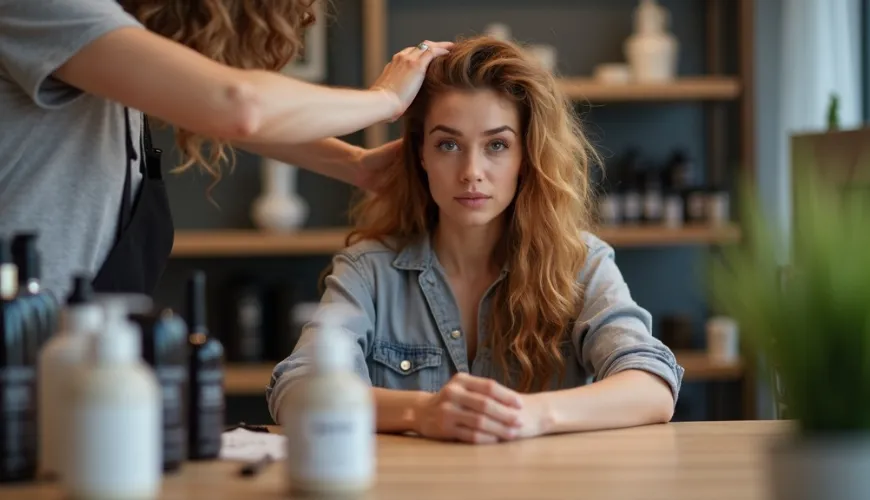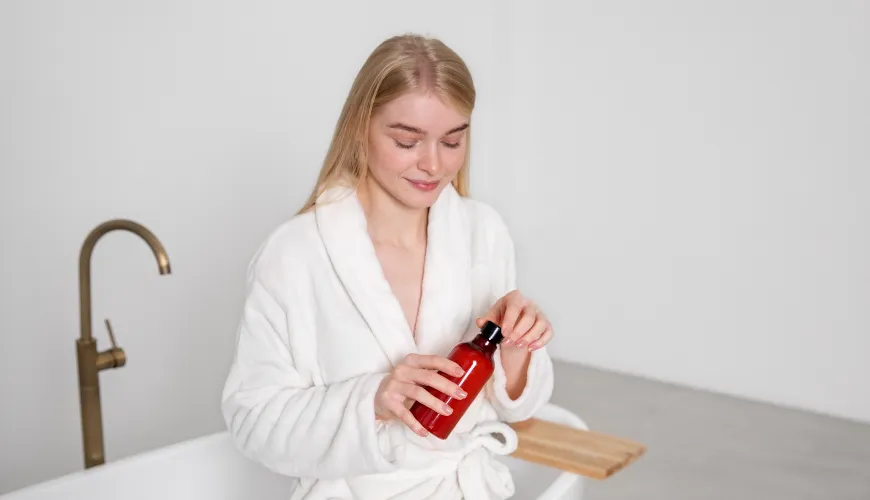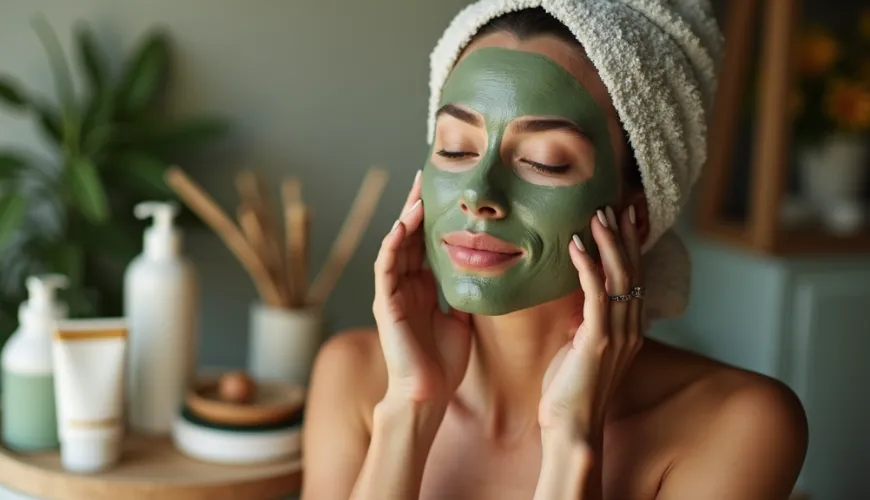
How long to leave color on hair and which mistakes to avoid

How Long to Leave Hair Dye On and Why It Really Matters
Dyeing hair is one of the most common ways to change or refresh your look. Whether it's your first time dyeing or a regular touch-up, one of the most frequent questions that comes with the dyeing process is: How long should you leave the dye on your hair? Surprisingly, it's not just about the time spent with a towel wrapped around your head – the duration of dye application has a crucial impact on both the resulting shade and the health of your hair.
Hair dye is not just a cosmetic product – it's a chemical product that changes the structure of the hair. Therefore, it's important not only to choose the right shade but also to understand how the dyeing process works. Each type of dye – permanent, semi-permanent, or natural – has its specific requirements for application time. Leaving it on too briefly can lead to an indistinct or uneven result, while leaving it on too long can dry out, damage the hair, or irritate the scalp.
Different Types of Dyes, Different Times – Why There's No Single Number
One of the biggest mistakes people make is applying a universal approach to all dyes. There isn't a magical number like "20 minutes and you're done." The duration depends on the type of dye, the condition of your hair, and even the shade you wish to achieve.
For permanent dyes, the most commonly recommended time is 30 to 45 minutes. During this time, the dye penetrates the hair fiber, where a chemical reaction occurs that changes the natural pigment of the hair and replaces it with a new shade. If the hair needs lightening, hydrogen peroxide is usually added to the mixture, which opens the cuticle and removes the natural pigment. This process takes longer than mere toning or touching up.
Semi-permanent dyes, which do not contain ammonia and only coat the hair without deeper penetration, tend to be gentler, with an application time ranging from 15 to 30 minutes. They are ideal for those who want to avoid hair damage or for first experiments with color. The results are less permanent, but the hair remains healthier.
Henna and other natural dyes need to be left on significantly longer – sometimes even two to three hours. Here, it's not about a chemical reaction but rather natural dyeing based on plant pigments. The process is gentle but requires patience and a specific approach – for instance, henna must be applied to clean, grease-free hair and kept warm during the application for the pigment to release properly.
When Less Means More – and Sometimes Less
Let's consider an example from everyday life. Jana bought a dark red hair dye at the drugstore and decided to leave it on for ten minutes longer than recommended by the manufacturer because she wanted an "intense result." The effect? The color was vibrant, but the hair was dry, brittle, and lost its natural shine. A week later, she was already dealing with deep regeneration and a change of shampoo.
This example shows that adhering to the recommended application time is not just a formal guideline. Hair dye manufacturers conduct laboratory tests to determine the ideal time during which the dye achieves the desired shade without excessive hair damage. Exceeding this time often does not lead to a better result but rather to risk.
Conversely, too short a duration can cause the pigment to "not take" evenly, especially if you're covering gray hair, lightening dark hair, or radically changing the shade. Customers then often end up with another application or a fix at the hairdresser, which can be more costly and demanding than one correctly executed dye job.
What Influences Application Time?
Besides the type of dye, it's also important to consider several other factors that can affect the time needed to achieve the desired result:
- Original hair color: Lightening dark hair takes longer than, for example, touching up a blonde shade.
- Texture and quality of hair: Coarser or thicker hair needs more time for the dye to penetrate the structure. Fine hair, on the other hand, absorbs color more quickly.
- Condition of hair: Damaged or porous hair may absorb dye unevenly or more quickly, but the result may not be predictable.
- Environmental temperature: Heat accelerates chemical processes, so application time may be shorter if you dye your hair in a warm room or with a warm towel.
An experienced hairdresser always adjusts application time according to all these circumstances. If you're dyeing at home, it's good to follow not only the instructions on the package but also common sense.
Is Eco-Friendly Hair Dyeing Also Gentler in Terms of Time?
More and more people are turning to natural alternatives like henna, indigo, or herbal blends. Not only for health reasons but also for a smaller environmental impact. These products are often biodegradable, do not contain aggressive chemicals, and do not require animal testing. On online shops like Ferwer, which specialize in sustainable and healthy care, you can find a wide range of natural dyes and gentle accessories.
However, if someone expects a quick result, they might be surprised. Natural dyeing is a process that requires patience. The dye is usually mixed with water, left to "mature," and then applied to the hair, where it can work for up to two hours. The result, however, is very natural, gentle, and often significantly more lustrous than with synthetic dyes.
What to Do After Dyeing – Time Matters Even After Rinsing
Perhaps less known, but no less important part of the process follows the actual dyeing. It's crucial to know when and with what to wash your hair after dyeing. Many people wash off the dye immediately after rinsing with regular shampoo, which can unnecessarily disrupt the newly set pigment. Ideally, a special shampoo or just lukewarm water should be used, or a conditioner to close the hair cuticle.
It's also recommended not to expose your hair to direct sunlight and heat for at least the first 24 to 48 hours. This extends the longevity of the color and supports the regeneration of the hair fiber.
Quoting renowned hair stylist Guy Tang: “Dyeing hair is like alchemy – the right combination of time, temperature, and technique can create something amazing, but just one small mistake and the result is completely different."
So next time you're wondering how long to leave dye on your hair, remember that it's not just about the time on the clock. Every hair, every dye formulation, and every goal is different. Respecting the manufacturer's recommendations, knowing your own hair, and a gentle approach are the keys to success – and beautiful, healthy hair.

